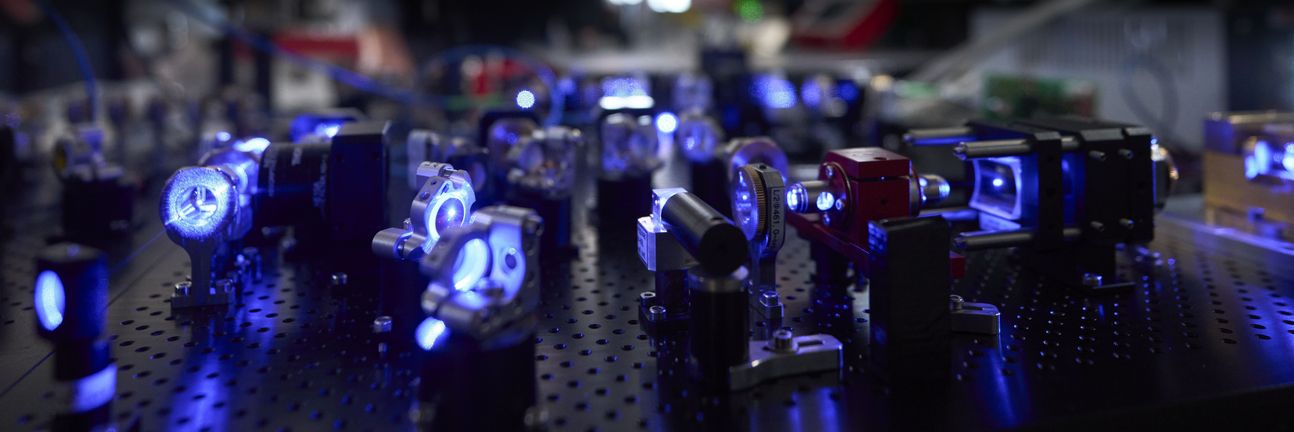Computer scientists and physicists from MQV are working together on the foundations for software development for neutral-atom quantum computers. The aim of the collaboration is to incorporate and exploit the physical features and advantages of this hardware platform into software development from the very beginning.
As a first step, the MQV scientists have worked out the basics for a comprehensive development of compilers adapted to the special architecture of neutral-atom quantum computers in a close, interdisciplinary exchange. In a joint paper published in the journal Quantum Science and Technology at the beginning of April, the physical characteristics and special features of the platform were translated into abstract formulations for software developers, and the steps in the compilation process in which they play a role were worked out.
The publication is based on the results of several technical exchange meetings held as part of MQV, the first of which took place in spring 2023. In particular, researchers from the two MQV consortia TAQC and Q-DESSI were involved in the meetings. The publication is the result of a close, interdisciplinary collaboration between the MQV consortia and thus reflects the core idea of the MQV research mission.
Quantum computing hardware based on neutral atoms has promising properties, such as good scalability and a long coherence time of the qubits. However, as this is a newer approach, research on hardware-specific software is less advanced than for platforms based on superconducting qubits or trapped ions. So-called compilers are a key component of the required software. They translate abstract algorithms into instructions that can be executed by the hardware.
